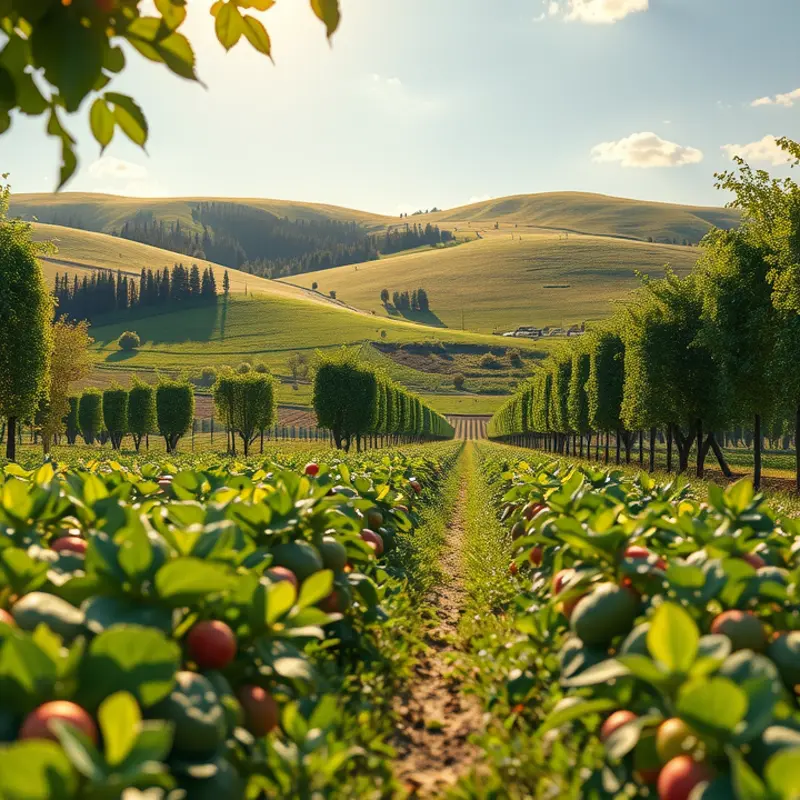Many people wonder if cooking can destroy the protein in their food. As the complexities of nutrition become clearer, debunking myths becomes essential. Protein is vital for our health, and cooking plays a significant role in making it accessible. This exploration will clarify the relationship between cooking and protein, helping you make informed dietary choices.
The Science Behind Protein Structure

Proteins are complex molecules essential to life. They serve as building blocks for cells, facilitate metabolic reactions, and convey signals. At the chemical level, proteins consist of long chains of amino acids linked by peptide bonds. Each protein has a unique sequence that determines its structure and function.
Amino acids, the building blocks of proteins, possess a specific core structure: a carbon atom bonded to an amino group, a carboxyl group, and a distinctive side chain. The variety of side chains across amino acids fosters diversity in protein structure and function. These chains can vary significantly, conferring different properties that help the protein fold into a specific shape crucial for its function.
The folding of proteins into three-dimensional shapes is not random. The sequence of amino acids typically dictates secondary structures, such as alpha helices or beta sheets. These structures then coil and fold further into the tertiary structure, which is stabilized by a variety of interactions, including hydrogen bonds, ionic bonds, and hydrophobic interactions. In some proteins, multiple chains – known as polypeptide subunits – come together to form a quaternary structure.
When cooking, proteins undergo a process known as denaturation. Heat breaks the weak bonds maintaining a protein’s shape, causing it to unfold. Imagine a tangled ball of yarn unwinding into a loose strand. During cooking, proteins lose their native structure as heat increases kinetic energy, disrupting the stabilizing interactions. Does this mean the protein loses its nutritional value?
Denaturation alters physical properties such as solubility and texture but doesn’t destroy amino acids. The body still recognizes these amino acids and can utilize them efficiently. Thus, denatured proteins remain a viable source of nutrients. This fact contradicts the common misconception that heat-renders proteins useless. Instead, cooking can make certain proteins more digestible by exposing sites that enzymes can access easier.
Beyond heat, consider other cooking methods, such as marinating with acidic ingredients or the involvement of enzymes in tenderizing meats. These methods also change protein structure but maintain nutritional integrity. Understanding these changes offers insights into optimizing meals for both taste and nutrition. Balancing flavors without excessive salt can be achieved with thoughtful technique, as seen in flavor boosters without salt.
As we continue to explore protein interactions with heat, it’s essential to shed light on the powerful role of culinary science in preserving nutrition while enhancing flavor. Although denaturation modifies proteins, it doesn’t diminish their nutritional prowess. Recognizing heat’s impact fosters better cooking practices while encouraging the culinary craftsmanship that celebrates both taste and nutrient content.
The Effects of Cooking on Protein Availability

Cooking can dramatically influence the availability and quality of proteins in food. By modifying the structure and digestibility of proteins, various cooking techniques contribute significantly to nutrient absorption and bioavailability. Understanding these effects can help optimize how we prepare our meals to maximize nutritional benefits.
Boiling is a common cooking method that affects proteins differently based on time and temperature. Immersing proteins in water at high heat causes denaturation, unraveling their structure. While this process can occasionally diminish some essential amino acids, particularly sulfur-containing ones, it often increases digestibility. The water-soluble nature of some amino acids may lead to losses in boiling water, but soups and broths can retain these nutrients, making them valuable dietary options.
Grilling, recognized for enhancing flavor and texture, can also impact protein availability. The process of exposing protein to direct heat causes the Maillard reaction, a form of non-enzymatic browning that can improve taste. However, excessive grilling can create compounds such as heterocyclic amines (HCAs), which may pose health risks. Balancing grill time and temperature can retain protein integrity while minimizing harmful compound formation.
Baking is generally considered a gentler cooking method, often maintaining higher levels of essential amino acids. The dry heat facilitates slower cooking, preserving the core protein structures better. Moreover, baking does not involve direct contact with water, reducing the leaching away of heat-sensitive nutrients. This method is particularly suitable for foods like fish and legumes, where retaining delicate proteins and omega-3 fatty acids is crucial. To explore more tips for cooking fish efficiently, consider reviewing speedy seafood prep techniques.
Sautéing and Stir-frying involve quick cooking over high heat with minimal oil. These methods can enhance both coloring and taste without significantly damaging protein structures. Due to the fast cooking time, stir-frying can preserve more amino acids, offering a balance between flavor enhancement and nutritional retention.
Conversely, over-reliance on any single cooking technique might compromise protein quality by altering amino acid profiles negatively or producing harmful substances. Complementing various methods can provide a diet inclusive of all essential nutrients, ensuring enhanced protein bioavailability. Integrating these methods into meal preparation can align with strategies that minimize waste and maximize nutrient retention.
Recognizing the multifaceted impacts of cooking on protein availability, we can effectively enhance our diets. By adopting varied cooking techniques and becoming mindful of cooking times and temperatures, it becomes possible to craft meals that nourish and protect without compromising taste or nutritional value.
Final words
Cooking does not destroy protein; rather, it alters its structure, sometimes making it more accessible to our bodies. Understanding the science behind protein can help you embrace cooking as a method to enhance the nutritional benefits of your meals. By knowing the right cooking methods and techniques, you can optimize your diet while enjoying the delicious flavors of cooked food. Keep in mind that balance is key—cooking should enhance, not diminish, the nutritional value of your meals.








